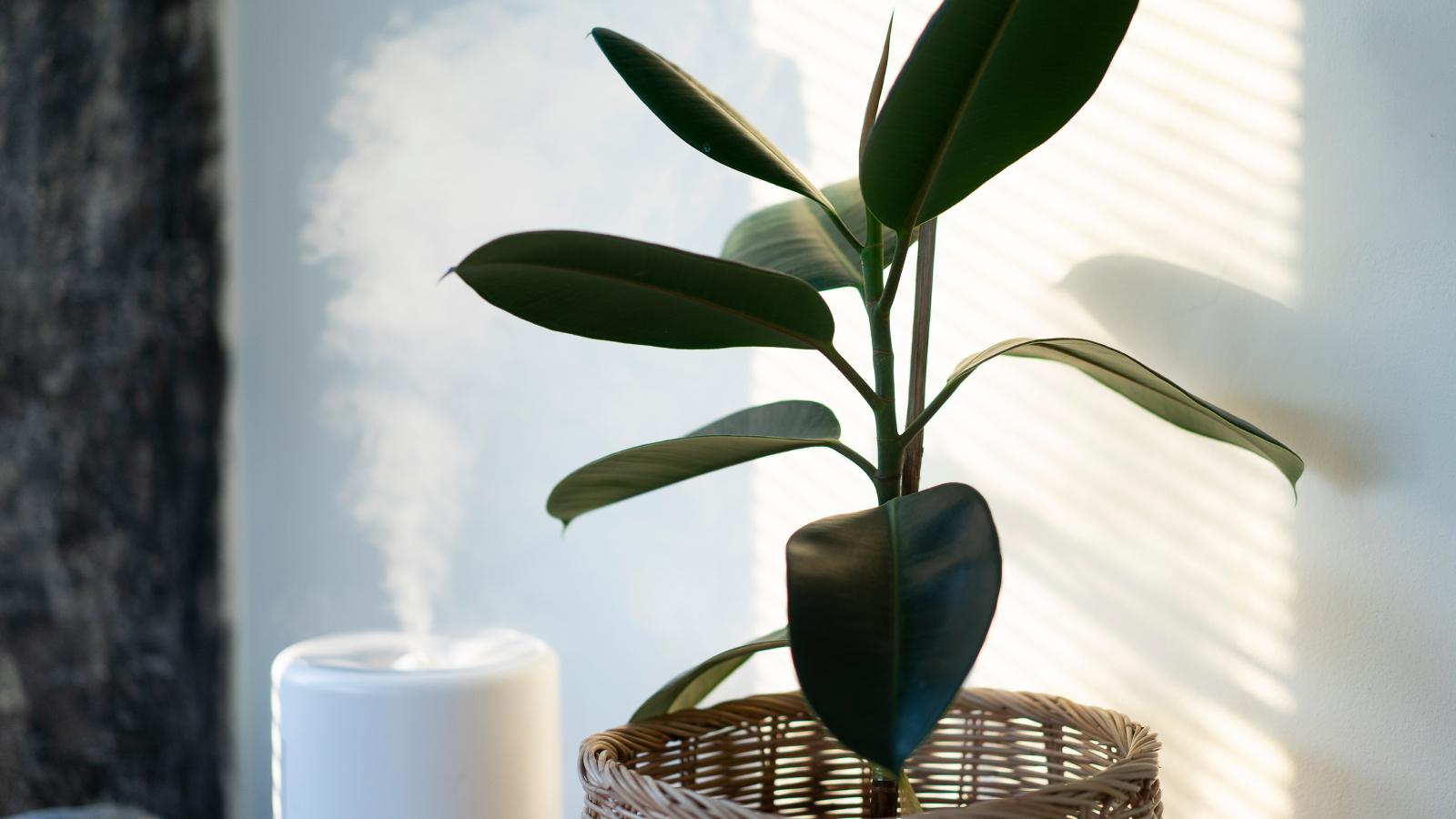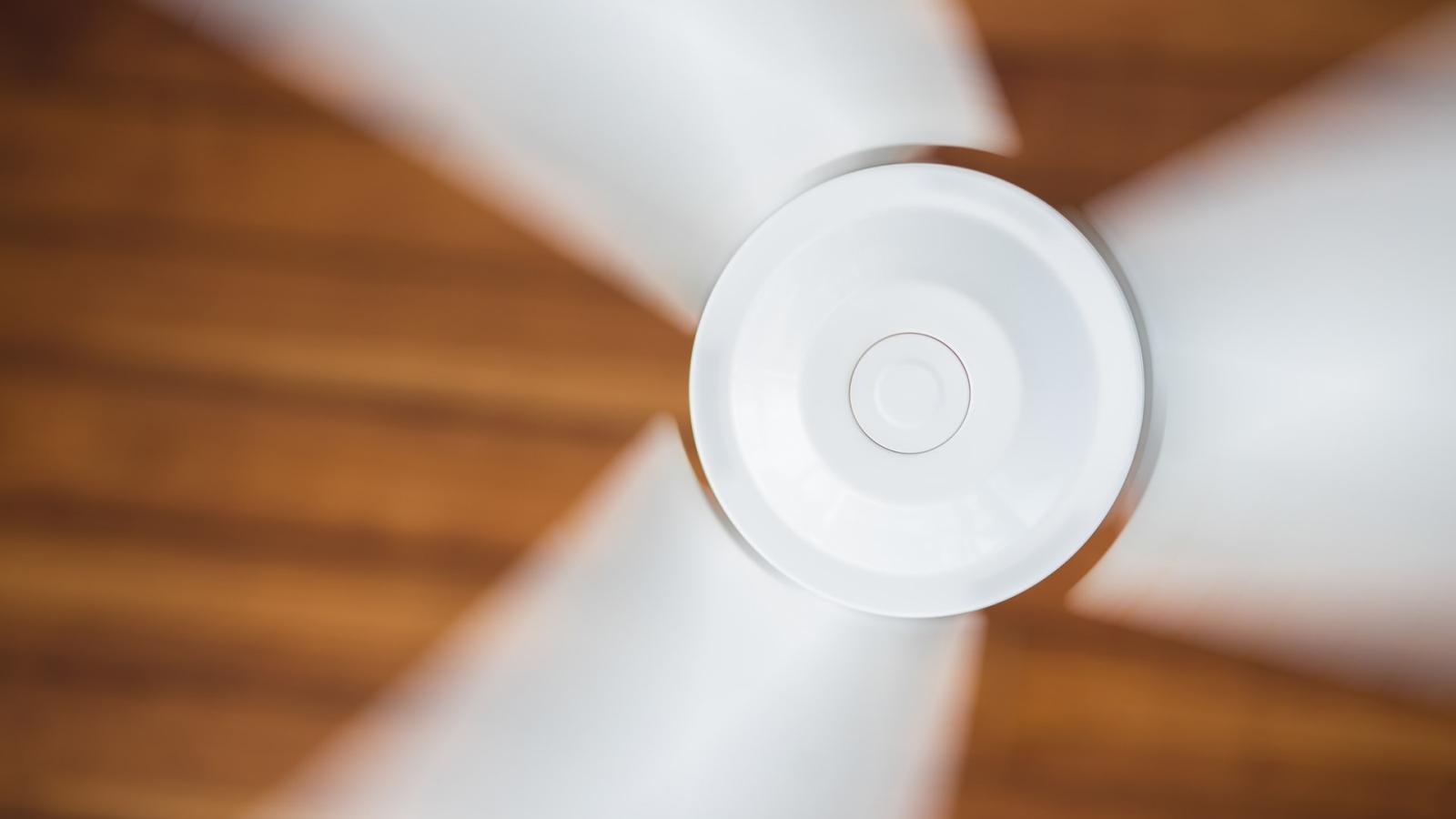Ideal Temperature and Humidity for Sleep
Getting a good night’s sleep can be hard if your bedroom is too hot or too cold. And if it’s warm and sticky, that can be even worse for falling asleep and staying asleep. Just what is the best humidity and temperature to sleep in? Learn about the ideal temperature and humidity for sleep and how to achieve optimal sleeping conditions.
By Anne Fonda
You work hard, and you deserve a good night’s rest. From trying melatonin to monitoring what you eat and drink before bed, there are all kinds of things you can do to get a better night’s sleep. What you might not know is that the humidity and temperature in your bedroom can have a big impact on your sleep quality and your health.
In this article, we’ll discuss:
- How Temperature Affects Sleep
- How Humidity Affects Sleep
- Creating the Perfect Sleep Environment
- Achieving the Optimal Temperature and Humidity for Sleep
Let’s jump right in.
How does temperature affect sleep?
If you’re like most people, you have a hard time falling asleep if you’re too hot or too cold. If you wake up sweating or shivering, the disrupted sleep can make you groggy in the morning. Your body temperature naturally drops during lighter, slow-wave sleep, then revs up again during REM sleep.
REM sleep, or rapid eye movement sleep, plays an important role in memory and learning. It’s also the period of sleep associated with dreaming.
If your room is too warm, you’ll awaken during REM sleep because you’re hot and sweaty. If the room is too cold, your cardiovascular system will constrict blood vessels and cause shallow breathing as the body tries to warm up again. This disrupts your sleep as well.
What is the best temperature for sleep?
Medical research shows that the best temperature range for optimal sleep is between 60 and 67° F for adults and 65 and 70° F for babies. In this temperature range, it’s easier to fall asleep and stay asleep.
According to the Sleep Foundation, a good rule of thumb is to have the nighttime temperature be 2-5 degrees cooler than the daytime or evening temperature in your home. So if you keep the temperature at 70° F during the day, reduce it to 65° F at night. Adjust your sleepwear and bedding until you find the exact comfort level for getting a good night’s sleep.
How does humidity affect sleep?
Humidity and sleep quality are closely connected. High humidity, especially, can wreak havoc with your sleep and your health. For example, according to the Sleep Foundation, high humidity can:
- Cause increased wakefulness.
- Exacerbate asthma symptoms.
- Promote an increase in dust mites.
- Lead to an increase in bronchitis and respiratory infections
If you’re losing sleep due to increased wakefulness, coughing, and sneezing, you need to reduce the humidity levels in your bedroom and your home.
Conversely, if you have low humidity in your home, you or your family may experience the following issues associated with dry air:
- Dry nasal passages
- Scratchy throat and increased coughing
- Increased risk of respiratory infections
- Increased nosebleeds
- Headaches
- Dry, itchy eyes
- Dry skin
- Chapped lips
If you and your family are experiencing these symptoms all winter long, or all year long in a dry climate, you may need to increase the moisture in the air to achieve the ideal indoor humidity. Low humidity is not the only reason for these symptoms. If you feel ill, see a doctor.
What is the ideal humidity level for sleep?
The ideal bedroom humidity is between 30% and 50%. This is the recommended indoor humidity for your entire home, according to the Environmental Protection Agency (EPA). The best humidity level for the home in winter to keep your home warm and cozy is somewhere between 30% and 40%, In summer, between 40-50% should be comfortable. Find the best indoor humidity levels for your comfort, sleep, and health.
Never let the indoor humidity rise above 60% - this level promotes mold and mildew growth, an increase in dust mites, and breathing difficulties in some people.
Creating the perfect sleep environment
Choosing the best bed and pillow for sleeping is important to creating the perfect sleep environment. So is choosing the right bedding for temperature and humidity regulation as the seasons change. You can research articles and products to suit your sleep habits and preferences online.
Dark and quiet
You also want to make your bedroom as dark and quiet as possible. Consider blackout curtains, a sleep mask, and covering lights from electronics such as a TV or clock. Thicker curtains can help block street noise, but you can also use a white noise app or wear earplugs to block out noise that can keep you from falling asleep or wake you up.
Maintain the best humidity and temperature for sleep
While we can’t recommend the best bed, pillow, or bedding for a good night’s sleep, we can help with achieving the optimal sleeping temperature and ideal humidity for sleeping. Optimizing your home comfort during the day and helping you get a good night’s sleep doesn’t have to be hard.
Achieving optimal temperature and humidity for sleep
Achieving the optimal temperature and humidity for sleep is easy when you have the right HVAC equipment and humidity control solutions. The best way to find the right long-term comfort solutions for your bedroom and your entire home is to consult with an HVAC professional.
Some of these solutions include:
Installing and using a programmable thermostat
Help ensure the best sleeping temperature by installing and using a programmable thermostat. You can program a bedtime temperature to cool things down to the optimal temperature for a good night’s sleep. Then, every night, the house will cool down to the temperature you select.
Or, take things further and get a smart thermostat. These are programmable thermostats with many additional features, which can include temperature sensors and humidity sensors. Some can learn your habits and temperature preferences and independently establish a heating and cooling schedule for when you are home and awake, when you are sleeping, and when you are away. Utilizing temperature sensors and humidity sensors,
Upgrading your HVAC system
If your current HVAC system is 10+ years old or struggles to heat and cool your home, making it hard to sleep at night or stay comfortable during the day, it may be time for system replacement. Consider:
New matched system
A new matched system that replaces the old AC and furnace will offer a higher level of temperature control and humidity control. Your exact results will depend on the system you choose as well as the thermostat.
Zoned system
A zoned system helps with that age-old problem of the upstairs being hot while the downstairs is cold. With an HVAC zoning system, you can better control the temperature in the sleeping areas. This system uses a series of dampers in your ductwork to send the heated or cooled air where it is needed when a thermostat communicates with the system components.
Ductless system
A single-zone ductless mini-split might be a solution for one bedroom that needs a boost in the heating and cooling department. More energy-efficient than a window unit or space heater, a ductless mini-split can be installed just about anywhere in your home - whether the room has ductwork or not.
Adding a whole-house humidifier or whole-house dehumidifier
If you live in an area of high humidity, a whole-house dehumidifier can help keep levels at a safe and comfortable level. The unit integrates with your HVAC system and thermometer and pulls moisture from the air. A dehumidifier for your house keeps all the bedrooms as well as the rest of your home at the ideal indoor humidity.
If you live in a dry climate or have issues with low humidity in the winter when the furnace is running seemingly non-stop a whole-house humidifier can increase the humidity to a comfortable level.
Learn more about Trane’s best humidifiers and dehumidifiers to see which one might be right for your home.
Contact your local Trane Comfort Specialist
Does your HVAC system struggle to regulate the temperature and humidity so that you can get a restful night’s sleep? Upgrading your HVAC system or adding a humidity control device could help. Contact your local Trane Comfort Specialist for a personalized consultation.
When you choose Trane for your HVAC and humidity control needs, you get energy-efficient, quality equipment backed by some of the best warranties in the industry.
Anne Fonda, Content Writer
A Content Writer with Trane Technologies, Anne Fonda researches topics and writes for Trane® and associated residential HVAC brands. She works in collaboration with Trane Technologies subject matter experts, offering easy-to-understand, informative content on complex topics. Her goal is to help consumers make informed decisions on the products and services they need.
She has written for HVAC and other service provider websites for over 16 years. Before transitioning to web content writing, Anne had a 14-year stint as an award-winning journalist. She graduated cum laude from the University of Missouri-Columbia School of Journalism.
When she’s not working, Anne enjoys playing word games, reading, gardening, spending time with family, and visiting gardens and museums.
Expert review by Expert review by Jennie Bergman, Senior Product Manager, Indoor Air Quality




